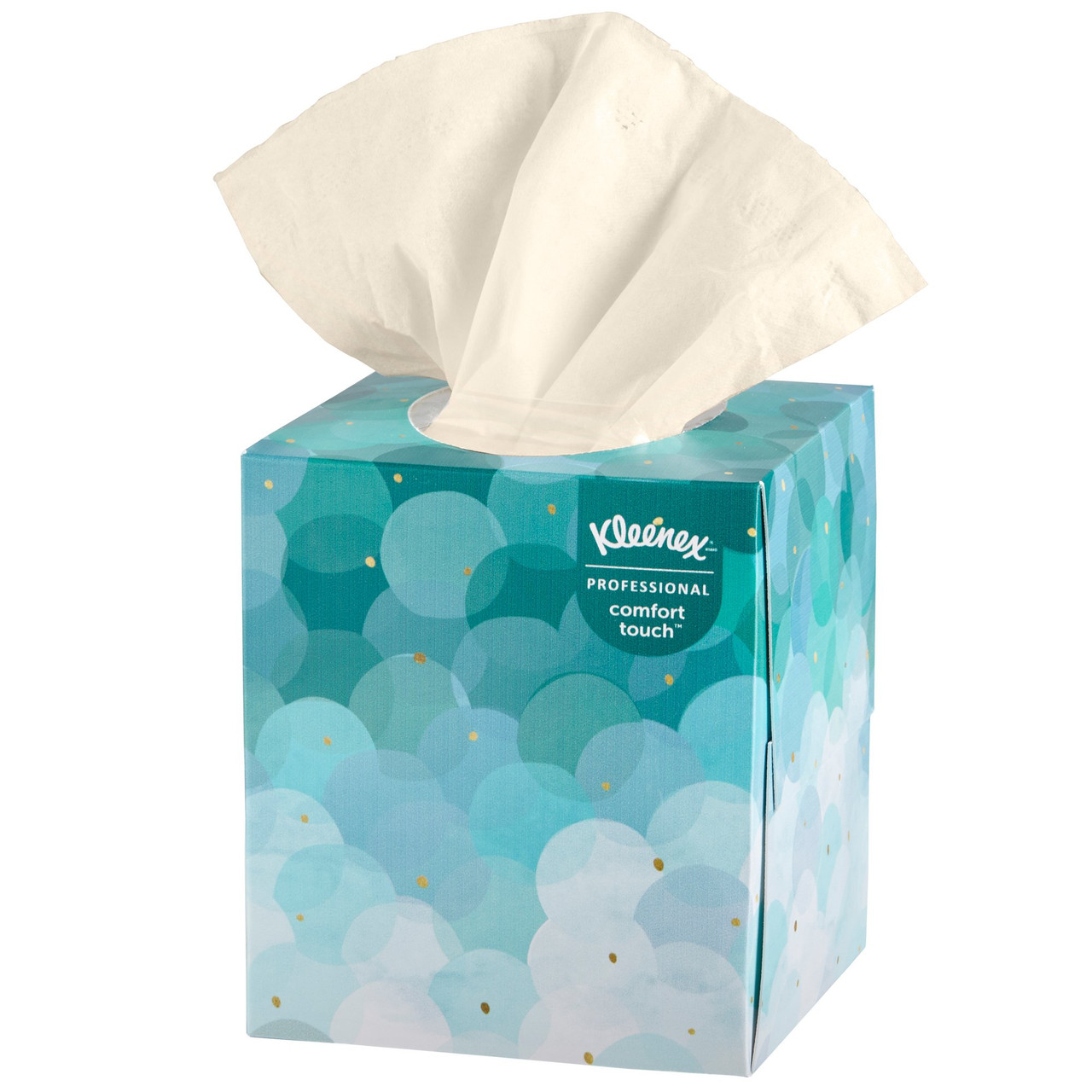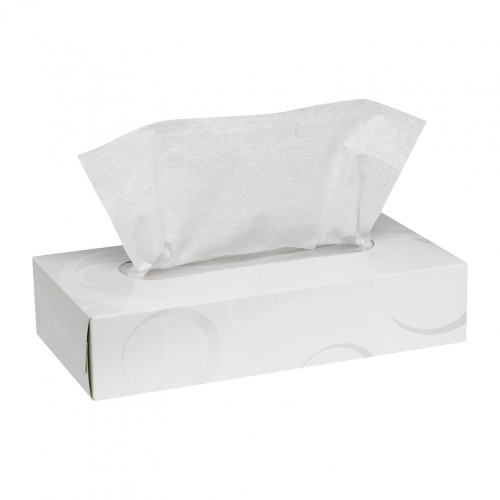In the realm of everyday essentials, few items hold as much significance as the humble facial tissue box. From soothing a runny nose to removing makeup with gentle care, these unassuming containers have become indispensable companions in our daily routines. And among the myriad brands available, Kleenex stands as a towering icon, its name synonymous with quality, comfort, and a touch of luxury.




A Brief History of Facial Tissue Boxes: From Humble Beginnings to Household Staple
The facial tissue box story began in the early 20th century when paper manufacturers began experimenting with ways to create a more absorbent and disposable alternative to handkerchiefs. In 1924, Kimberly-Clark Corporation, a Wisconsin-based paper company, introduced a revolutionary new product: a paper tissue box containing Kleenex facial tissues. Initially intended for removing makeup, Kleenex quickly found favor for its softness and absorbency, soon becoming a staple in homes and businesses across the United States.
Exploring the Diverse World of Facial Tissue Boxes
Today, the world of facial tissue boxes is as diverse as the needs and preferences of its consumers. From the classic pop-up box, featuring a spring-loaded mechanism for dispensing tissues, to the more compact and economical flat box, where tissues are pulled out from the top, there is a facial tissue box to suit every style and situation. For those seeking a touch of elegance, cube boxes offer a stylish and decorative option, often used in high-end settings. And for those on the go, travel-sized boxes are the perfect companions.
Materials and Manufacturing: Unveiling the Secrets Behind Facial Tissue Box Design
The design and manufacturing of facial tissue boxes involve a meticulous process that combines high-quality materials with innovative techniques. The primary material used for facial tissue boxes is paperboard, a type of heavy cardboard made from multiple layers of paper pulp. Paperboard is chosen for its strength, durability, and ability to hold its shape.
The manufacturing process begins with the design and prototyping stage, where engineers create the initial blueprint for the box. Next, the raw materials are prepared, typically involving cutting and shaping the paperboard into the desired form. Printing and decoration follow, where logos, designs, or other decorative elements are applied to the box’s surface. Finally, the components of the box are assembled, often using adhesives or interlocking mechanisms.
Environmental Impact of Facial Tissue Boxes: A Call for Sustainability
As with any product, the environmental impact of facial tissue boxes is a crucial consideration. The sourcing and production of raw materials, such as paperboard, can have environmental consequences, including deforestation and water pollution. Additionally, packaging and transportation contribute to greenhouse gas emissions and waste generation.
To mitigate these impacts, manufacturers are increasingly adopting sustainable practices, such as using recycled paperboard, reducing packaging materials, and employing eco-friendly manufacturing methods. Additionally, consumers can play a role by recycling or composting used facial tissue boxes and choosing products made from recycled or sustainable materials.
Branding and Marketing: Elevating the Facial Tissue Box
In the competitive world of consumer goods, branding and marketing play a pivotal role in the success of facial tissue boxes. Brands carefully craft their identity and messaging, ensuring that the box design aligns with the overall brand image. Understanding the target audience is essential, as brands tailor their marketing strategies to resonate with specific consumer groups.
Packaging itself becomes a marketing tool, serving as a visual representation of the brand and product. Eye-catching designs and innovative features can help facial tissue boxes stand out in a crowded marketplace. Additionally, brands leverage creative advertising campaigns and social media presence to connect with consumers and build brand loyalty.
Cultural Significance of Facial Tissue Boxes: Beyond Practicality
Facial tissue boxes have transcended their practical purpose to become deeply embedded in popular culture. References to Kleenex abound in movies, television shows, and literature, often serving as symbols of comfort, care, and everyday life. The brand has become synonymous with moments of personal hygiene, from wiping away tears to removing makeup, and has evolved alongside societal norms and changing personal care practices.
The iconic image of the facial tissue box has inspired artists and designers, finding its way into works of art, photography, and even fashion. The box has become a symbol of human connection and shared experiences, representing moments of both joy and sorrow.
The Future of Facial Tissue Boxes: Innovation and Sustainability
As technology and consumer needs evolve, the facial tissue box industry is poised for continued innovation and sustainability.
Manufacturers are looking for new ways to make better facial tissue boxes. They want these boxes to be strong, eco-friendly, and meet what people want.
In the future, tissue boxes could be customized with designs or scents you like. This would let people express themselves and make everyday items more personal.
Technology could also lead to “smart” tissue boxes. These boxes might have sensors to check air quality or dispense tissues with voice commands.
Expanding Product Offerings and Applications: Beyond the Bathroom Shelf
The future of facial tissue boxes extends beyond their traditional role as bathroom or bedside companions. Manufacturers are exploring new designs and features that cater to diverse applications. For example, facial tissue boxes designed for car cup holders or integrated into kitchen cabinets could offer convenient access in specific locations. Additionally, the focus on hygiene and personal care could lead to the development of specialized tissue boxes containing wet wipes, hand sanitizers, or even miniature lotions.
Maintaining Brand Relevance and Consumer Loyalty: A Constant Evolution
In a rapidly changing marketplace, facial tissue box brands must continuously innovate and adapt to stay competitive and relevant. Consumer preferences for sustainability, personalization, and convenience will continue to shape the industry. Brands that embrace these trends, invest in sustainable practices, and create innovative products that resonate with consumers will be well-positioned to maintain brand loyalty and secure their place in the future of facial tissue boxes.
Conclusion: A Box of Comfort and Connection
The humble facial tissue box has come a long way from its simple beginnings. It has transformed into a symbol of comfort, care, and shared human experience. As technology and consumer needs evolve, the future of facial tissue boxes is bright. Through innovation and a commitment to sustainability, these unassuming boxes will continue to play a vital role in our daily lives, offering a touch of comfort and convenience in the moments that matter most.

Additional Resources:
- This blog post only scratches the surface of the fascinating world of facial tissue boxes. To delve deeper, consider exploring these resources:
- A Century of Kleenex: A historical look at the Kleenex brand and its impact on facial tissue boxes: https://www.kleenex.com/en-us/about-us/our-history